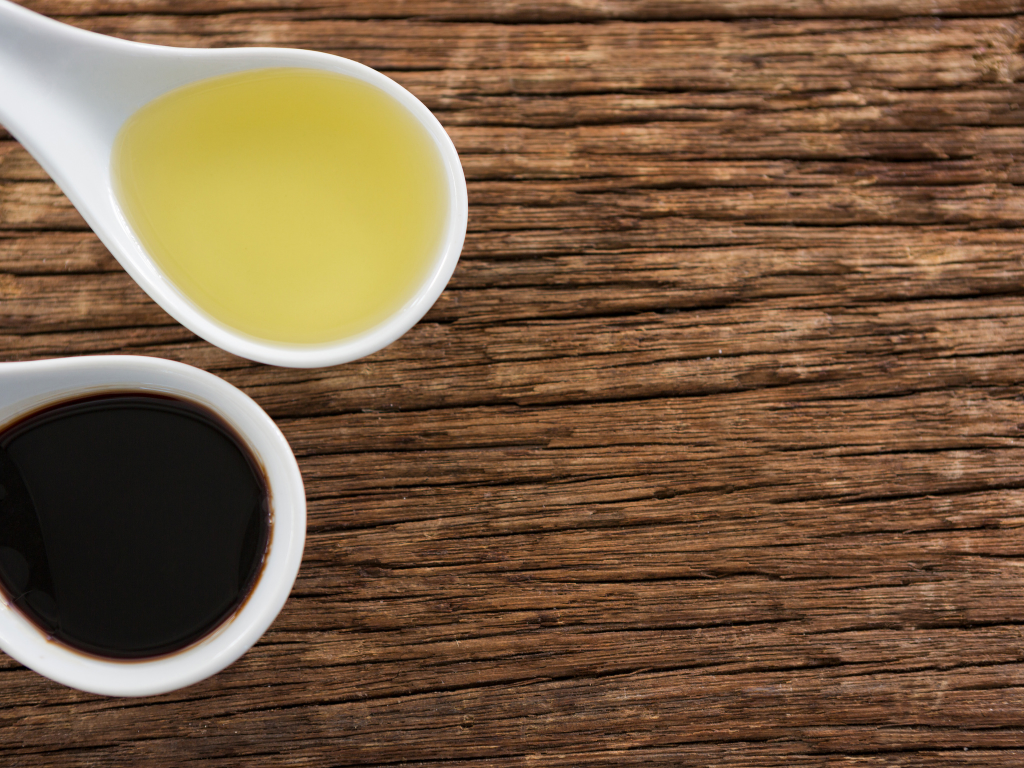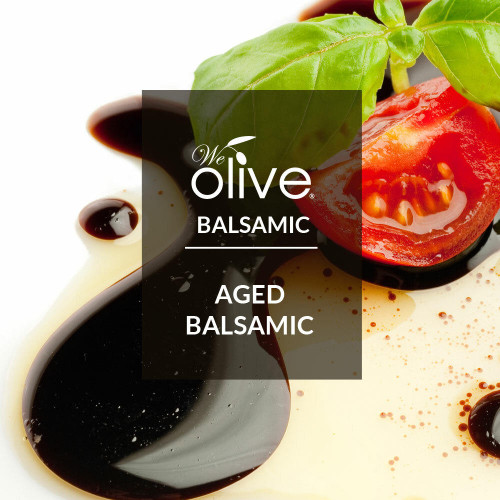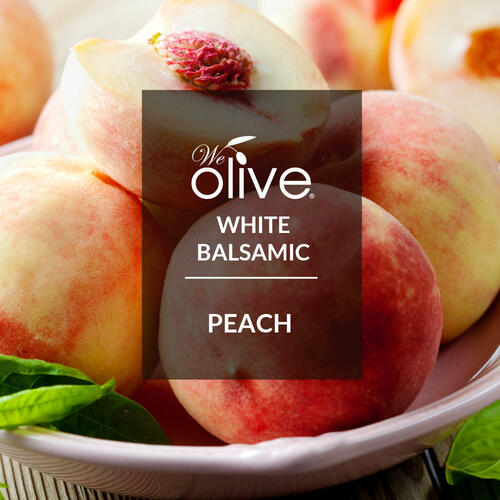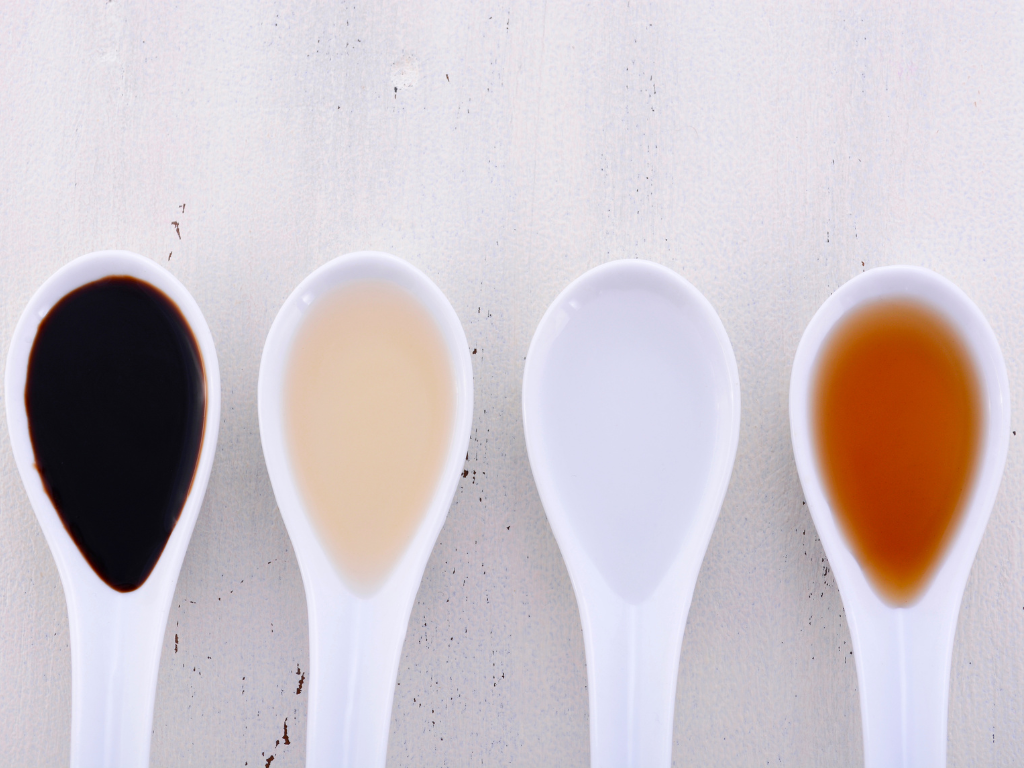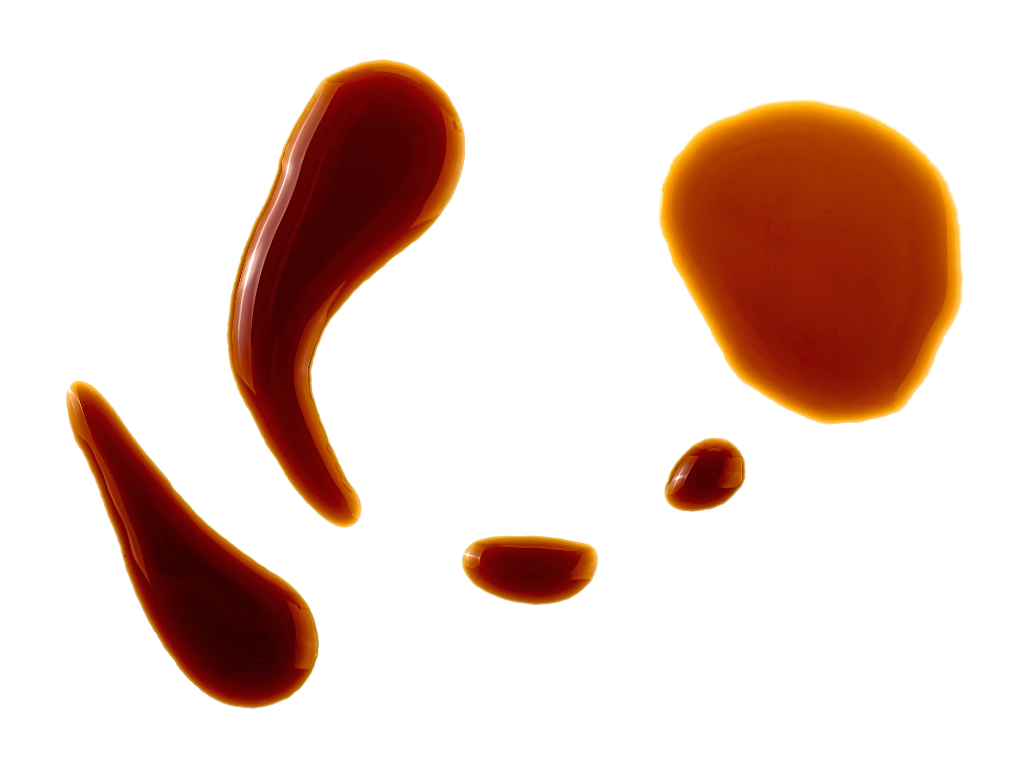Aged Balsamic Vs. White Balsamic Vinegar: What’s The Difference?
Posted by Ruth Mercurio, Professional Olive Oil & Wine Taster on 31st Jul 2023
Aged Balsamic Vs. White Balsamic Vinegar: What’s The
Difference?
The world of balsamic vinegars presents us
with two fascinating variants: aged balsamic vinegar and
white balsamic
vinegar
. Hailing from the Modena region of Italy, these two
culinary products captivate palates with their unique characteristics and
distinctive flavors. Let's explore the making and production of each one in-depth,
revealing the secrets behind their color, texture, and flavor complexity.
From the deep and dark tone of the
balsamic
vinegar
to the delicate and light tone of the white balsamic
vinegar, in this article, we want to introduce you to the main differences that
make them so special to elevate our favorite dishes to a higher level of
deliciousness. Balsamic vinegar and white balsamic vinegar are two different
varieties of vinegar, each with its own characteristics.
In this article, we will present the main
differences between the two:
- Ingredients and production process
- Color and appearance
- Taste and aroma
Aged Balsamic Vs. White Balsamic Vinegar: Ingredients and
production process
Balsamic vinegar, known as "
Aceto Balsamico Tradizionale", comes
primarily from the Modena region of Italy. It is made by slowly cooking the
grape until it becomes must, which is fermented and aged in wooden barrels for
at least 12 years, although some can age for more than 25 years.
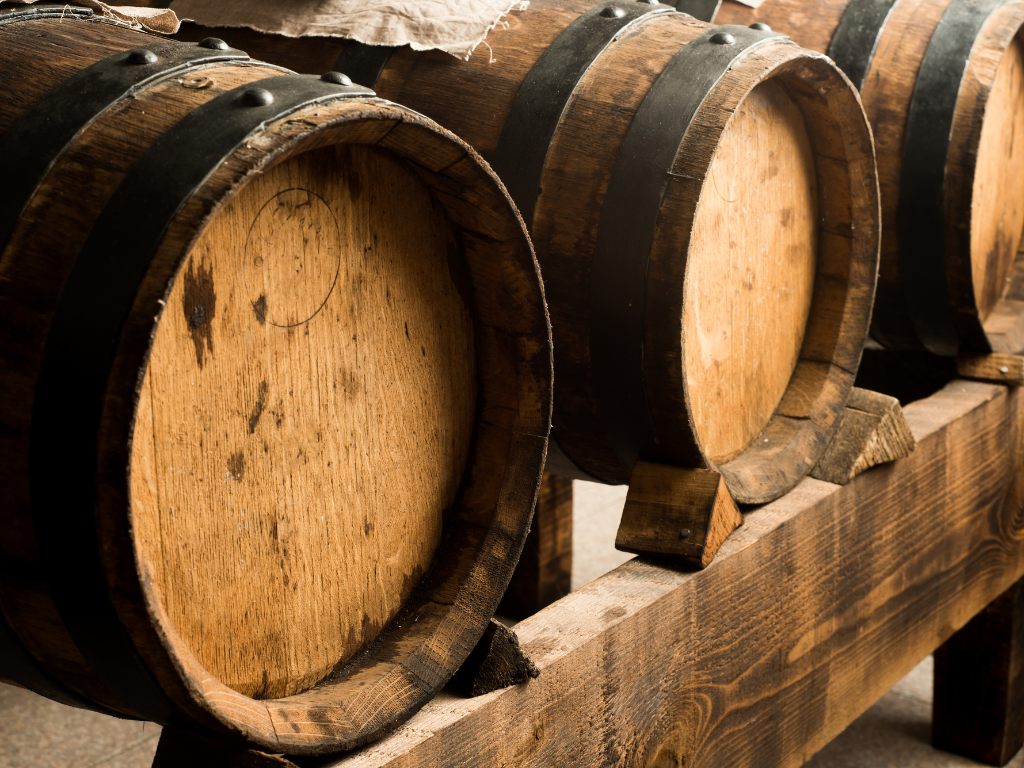
On the other hand,
white balsamic vinegar is produced in a similar way to white wine
vinegar but then goes through a cooking process to concentrate the flavors. It
is smoother and more delicate compared to aged balsamic vinegar, and it does
not go through the lengthy aging process in wooden barrels. Some varieties may
also have additives to improve flavor.
We can say that traditional balsamic
vinegar is characterized by its prolonged elaboration, complexity, and
sweetness, while
white balsamic vinegar stands out for its smoothness
and clarity, especially suitable for more delicate dishes. Both types of balsamic
vinegar offer distinctive flavor profiles and can enhance the flavor of a
variety of dishes.
Aged Balsamic Vs. White Balsamic Vinegar: Color and
appearance
Balsamic vinegar has a dark color, usually
dark brown, which intensifies further over time due to the aging process. Its
dense and viscous texture is the result of the concentration of flavors during
this process. Its dark color originates from two main reasons: the long aging
process in wooden barrels and the concentration of sugars and flavors that
occurs during this time.
As
aged balsamic
vinegar
ages in these barrels, the natural sugars present in the
grape must be transformed into more complex compounds due to the activity of
yeasts and bacteria present in the cellar. This fermentation and oxidation
process contributes to the formation of chemical compounds that give vinegar
its dark color and characteristic sweet-sour flavor.
Moreover, during the aging process, the vinegar
slowly evaporates, resulting in a higher concentration of flavors and nutrients
in the remaining liquid. This concentration is also responsible for the darker
shade of aged balsamic vinegar compared to younger vinegars or other
types of vinegar.
On the other hand, white balsamic vinegar
comes in light or very pale golden tones, similar to the color of white wine.
It is getting finer than aged balsamic vinegar. The white or very pale gold
color of white balsamic vinegar is due to its manufacturing process, which
differs from aged balsamic vinegar. Unlike dark balsamic vinegar, white
balsamic vinegar does not go through a lengthy aging process in wooden barrels.
White
balsamic vinegar
is made from white grape must or
white grape wine. This must or wine is subjected to cooking to concentrate the
flavors and then proceeds to fermentation. During this process, the vinegar
does not come into contact with the wooden barrels, unlike aged balsamic, which
prevents the transfer of pigments and flavors from the wood.
By not having contact with wooden barrels,
white balsamic vinegar maintains its light color and translucent appearance.
Although there may be some variation in hue, it is usually a very pale white or
gold color, similar to that of white wine.
Aged Balsamic Vs. White Balsamic Vinegar: Taste and aroma
Balsamic vinegar is characterized by a
unique flavor and aroma that distinguishes it from other types of vinegar.
Balsamic vinegar delights the senses with its sweet and sour flavor and enticing fruity aroma. This complexity of flavors makes it a versatile and appreciated ingredient in the kitchen, capable of enhancing the flavor of a wide variety of dishes, from salads to meats, fish, cheeses, and desserts.
White balsamic vinegar is distinguished by its mild and delicate flavor and aroma,
establishing a clear difference from dark-aged balsamic vinegar.
● Flavor: White balsamic vinegar has a milder,
less intense flavor compared to its dark counterpart. Its acidity is balanced
and is complemented by a slight sweetness, providing a smoother and less bittersweet
flavor than aged balsamic vinegar.
● Aroma: Its aroma is fresh and clean, with subtle
fruity touches and light grape notes. In addition, it can have floral and
herbaceous nuances that enhance its delicacy.
White
balsamic vinegar
stands out for its finesse and
versatility in numerous dishes. Thanks to its mild flavor and pleasant aroma,
it is ideal for salads, light dressings, and marinating white meats, enhancing
the flavor of vegetables, and preparing more delicate sauces. It is an
excellent choice when you want to preserve the light color of the ingredients
and prefer vinegar that is less dominant in terms of flavor.
Experience exceptional flavors shopping at We Olive!
Immerse yourself in the wonderful world of
balsamic vinegars and experience exceptional flavors in your kitchen! We invite
you to discover our wide selection of high-quality white and aged balsamic
vinegars that will elevate your dishes to gourmet levels.
From fresh and colorful salads to exquisite
grilled meats, white or
aged balsamic vinegar will add a note of
sophistication and unmatched flavor. With its perfect balance between sweet and
sour, these vinegars will transform your everyday recipes into authentic
culinary delights.
Don't hesitate any further to infuse your
kitchen with a touch of magic! At We Olive, your top-rated olive oil store Our
store presents you with the golden chance to explore the
best balsamic vinegar – a top
pick among renowned chefs and aficionados of good food. Seize the moment and
click to elevate your culinary creations into gourmet marvels! Unleash your
culinary creativity and treat your visitors to the extraordinary symphony of
balsamic vinegar's exceptional flavors! Your kitchen transformation begins with
a single click!


